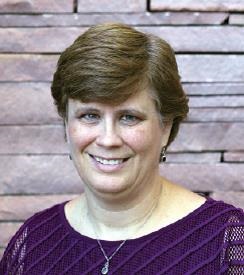New whitepaper demonstrates how customisable, medically focused array designs complement NGS for clinical genetics research
Oxford Gene Technology (OGT), The Molecular Genetics Company, has been speaking to genetic scientists, Dr Tracey Lewis (Associated Regional and University Pathologists [ARUP] Laboratories) and Dr Emily Farrow (Children’s Mercy Hospital), in a new whitepaper entitled “Examining the Medical Exome”. This whitepaper describes their experiences with OGT’s CytoSure™ Medical Research Exome Array and explores how this customisable array targets a variety of genetic disorders to complement next generation sequencing (NGS) for clinical genetic research.


The overwhelming complexity of genetic disorders is increasingly evident, and rarely caused by isolated mutations within single genes. Copy number variations (CNVs) play a significant role in many disorders and cannot be reliably detected by NGS. Microarray technologies offer the opportunity to detect CNVs and analyse thousands of genes simultaneously.
The CytoSure Medical Research Exome Array was developed in collaboration with Emory Genetics Laboratory, utilising its extensive expertise to provide a focused array that combines the latest genomic content with high-resolution exon-level probe design. It includes the most up-to-date gene content and is research-validated, maximising the likelihood of detecting causative variation. As Dr Farrow and Dr Lewis explain, the key to a high-resolution array is the number of probes in the specific region of interest, meaning that high-density coverage with a focus on exons is important. The CytoSure Medical Research Exome Array retains complete genomic backbone coverage while covering each exon of over 4600 medically-relevant hand-curated genes, grouped into disease- and syndrome-specific panels. Dr Farrow comments:
The CytoSure Medical Research Exome Array provides us with the exon-level resolution needed to detect CNVs over the medical exome that are currently missed by NGS and traditional microarray designs, providing additional insights into the mutation spectrum of the sample.
In addition, the ability to customise the array enables researchers to utilise this single research-validated platform as a base for a host of more specific studies. An explanation from Dr Lewis about how this has been implemented, as well as the benefits it brings to her research, is included in the whitepaper.
The whitepaper follows Dr Lewis and Dr Farrow as they describe how they employ microarrays alongside NGS for the ideal complementary strategy in clinical genetic research. The combination provides a cost-effective workflow for comprehensive mutational analysis, as Dr Farrow explains:
Even as NGS continues to develop, microarrays remain critical to detecting CNVs.